1. Nashville, Tennessee
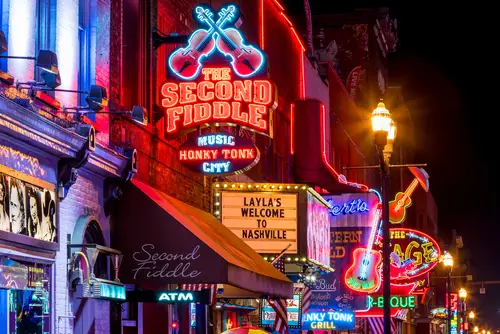
Nashville’s population growth over the last decade has been astonishing. Fueled by its booming healthcare industry, low taxes, and rising fame as a creative capital, people poured in from across the country. Construction cranes now define the skyline, and traffic feels more like Atlanta than Tennessee. The charm that made it popular in the first place is getting buried under rising costs and rapid sprawl.
The city’s music scene remains its heartbeat, but the affordability that nurtured it is fading. Locals complain about developers tearing down old venues for luxury condos, and infrastructure like public transit hasn’t caught up. Nashville’s story shows how a city can boom so hard it almost breaks the thing that made it special.
2. Austin, Texas
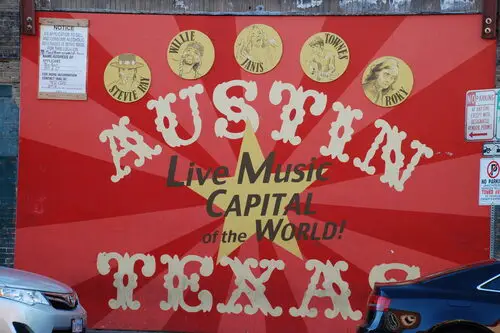
Austin was once a laid-back college and government town, but the tech boom changed everything. Companies like Tesla, Oracle, and Apple turned it into the “Silicon Hills,” drawing in tens of thousands of new residents seemingly overnight. Housing prices doubled in less than a decade, traffic choked up roads that weren’t built for this many commuters, and longtime locals got priced out. It’s a classic case of a city outgrowing its infrastructure faster than it could adapt.
Now, Austin is trying to find its balance between being the next big tech hub and keeping its quirky soul. The city’s motto “Keep Austin Weird” has become harder to live by as rents rise and mom-and-pop shops vanish. Still, the energy is undeniable—it’s the kind of boom that makes headlines and headaches in equal measure.
3. Boise, Idaho
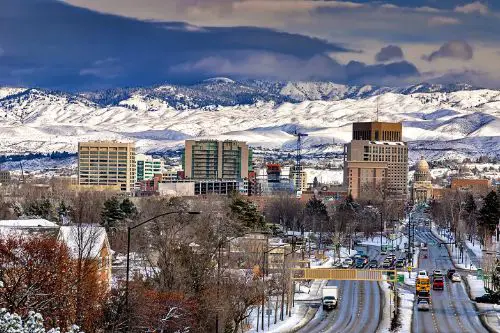
Boise went from underrated gem to headline-making hotspot almost overnight during the pandemic. Californians and remote workers flocked there for lower costs and open space. The result? Skyrocketing home prices, overwhelmed schools, and traffic jams that would’ve seemed impossible ten years ago.
Locals are split—some love the new energy, while others say Boise lost its quiet charm. Infrastructure updates can’t keep pace, and even utilities and housing inspectors are struggling with demand. Boise’s boom is the definition of “too much, too fast,” especially for a city that wasn’t built for a metropolitan surge.
4. Denver, Colorado
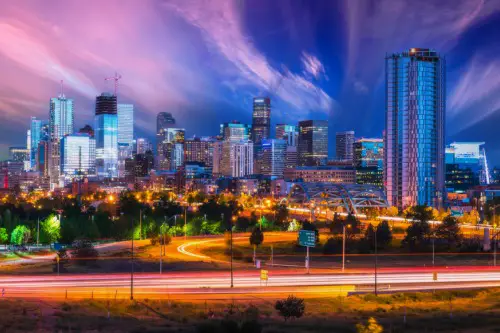
Denver has been on a decade-long tear of population growth, fueled by tech jobs and outdoor allure. Between 2010 and 2020, its population grew by nearly 20 percent, and housing costs more than doubled. Transit and housing lagged far behind, and homelessness rates jumped. It’s a story of prosperity colliding with planning challenges.
Denver’s mix of mountain-town cool and urban ambition has made it irresistible—but maybe too irresistible. Locals now talk about “Old Denver” disappearing as new developments replace familiar landmarks. The city is learning that rapid growth can be as exhausting as it is exciting.
5. Las Vegas, Nevada
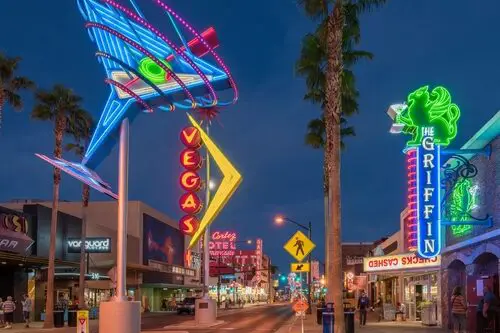
Las Vegas is no stranger to boom-and-bust cycles, but its recent growth feels different. Fueled by tourism recovery, California migration, and new tech and sports investments, the city’s population has surged again. Water shortages, housing costs, and infrastructure strain are all back in the headlines. It’s a desert city trying to sustain a metropolis-level appetite.
What makes Vegas fascinating is that it’s always reinventing itself. The same gamble that built the Strip now plays out in its suburban sprawl. But between droughts and development, Las Vegas may be discovering that there’s only so much you can bet on endless growth.
6. Phoenix, Arizona
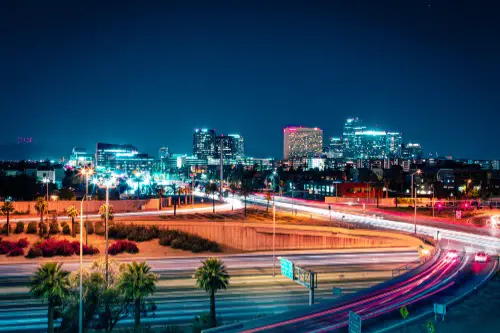
Phoenix has exploded into one of the fastest-growing cities in the U.S. thanks to affordable housing (once), sunshine, and an expanding job market. But growth that rapid in a desert climate brings big problems. Water supplies are under pressure, infrastructure is stretched, and summers are becoming almost unlivable with record heat.
The metro area now sprawls across miles of what used to be farmland. Locals worry that the city’s development pace is unsustainable, and even basic services are feeling the strain. Phoenix shows how population surges can collide head-on with environmental limits.
7. Miami, Florida
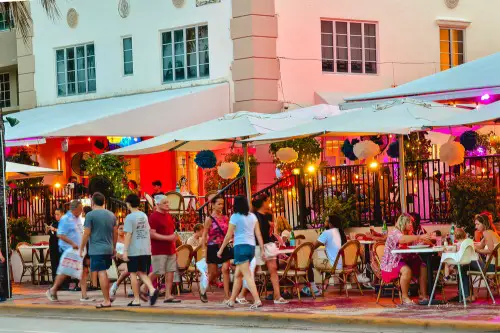
Miami’s real estate boom has turned it into an international magnet for tech, crypto, and remote workers. Prices have skyrocketed, locals are getting pushed out, and the skyline keeps changing. What’s remarkable is how quickly it happened—within five years, entire neighborhoods transformed into luxury hubs.
But beneath the glossy towers, Miami faces existential threats. Rising sea levels and flooding already challenge infrastructure that wasn’t built for this density. The growth feels unsustainable, yet the rush hasn’t slowed. It’s the quintessential sun-soaked boomtown teetering on the edge.
8. Raleigh, North Carolina
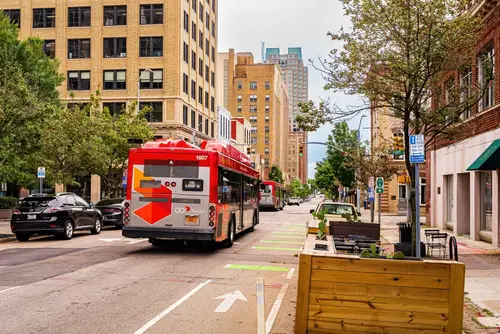
Raleigh used to be a quiet college and research city, anchored by NC State and the nearby Research Triangle Park. But when tech and biotech firms started pouring in, the area’s growth curve shot straight up. The population ballooned, housing prices surged, and new arrivals flooded every new development before it even opened. What was once a manageable mid-size city suddenly felt like a metropolis trying to grow overnight.
The upside is jobs and innovation; the downside is congestion and sprawl. Locals joke that “Raleigh’s traffic is the new Silicon Valley tax.” City planners are scrambling to keep up with transit, housing, and schools. It’s a modern boomtown learning in real time that success can come with serious growing pains.
9. Austin, Nevada
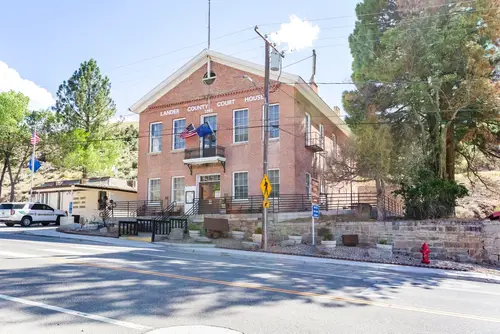
Before you think it’s a typo—yes, Nevada has its own Austin. It boomed in the 1860s after silver was discovered nearby, drawing thousands of miners almost instantly. The population rocketed, businesses sprouted, and for a few years, it was one of the richest spots in the West. But like so many mining rushes, the silver ran out, and the town collapsed just as quickly as it had grown.
Today, Austin, Nevada is more ghost town than boomtown, a haunting reminder of what happens when a city’s success rests on one lucky strike. Its decline was so fast that many buildings were abandoned mid-construction. It’s a snapshot of America’s first “get rich quick” cycle—ambition outrunning reality.
10. San Jose, California
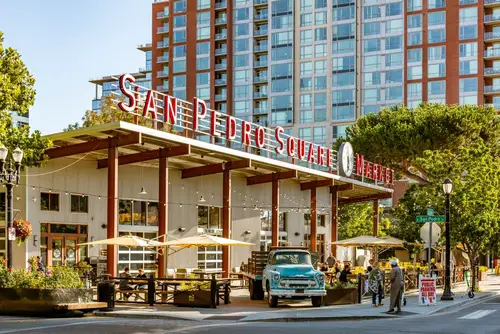
San Jose was once a sleepy agricultural community known as “The Valley of Heart’s Delight.” Then came Silicon Valley. As tech giants and startups set up shop, San Jose morphed into one of the most expensive cities in the country. Median home prices soared past a million dollars, and long-time residents found themselves priced out.
What makes San Jose’s boom unique is how uneven it feels. There’s staggering wealth alongside an acute housing crisis and growing homelessness. Infrastructure hasn’t matched the influx of high-paying jobs, and commutes stretch longer every year. It’s a boomtown still searching for balance in the shadow of its own success.
11. Austin, Minnesota
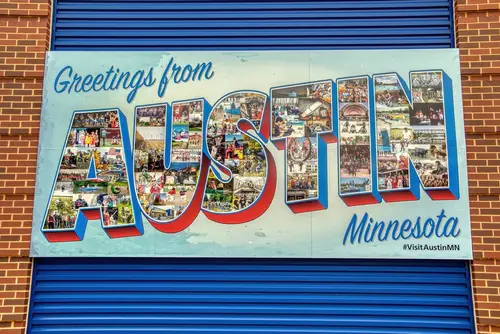
Long before the Texas tech scene, Austin, Minnesota had its own kind of boom—and bust—thanks to Hormel Foods. The meatpacking industry brought jobs and prosperity, and the town grew quickly around it. But when automation, labor strife, and economic shifts hit, Austin’s growth reversed course. The famous Hormel strike in the 1980s was a turning point that revealed just how fragile that kind of one-company boom could be.
While the town still thrives in parts, it’s much smaller and more cautious today. Locals remember when expansion seemed endless and housing shot up faster than planning could handle. Austin’s story shows that boomtowns don’t always start with tech or gold—they can rise and fall on bacon and bologna, too.
12. Houston, Texas
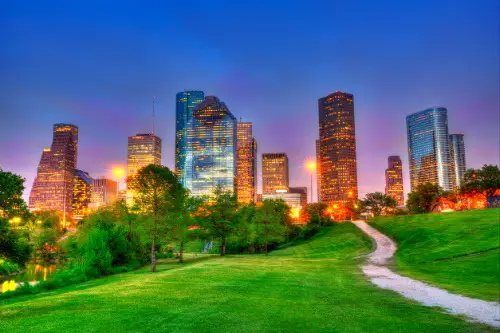
Houston’s growth story is massive—even by Texas standards. Fueled by oil, medical research, and international business, it’s one of the fastest-growing metro areas in America. But that growth has come with real costs: unchecked sprawl, flooding worsened by overdevelopment, and an infrastructure that struggles under constant expansion. Houston often feels like it’s running a race against itself.
Every boom brings new suburbs, new highways, and new risks. The 2010s saw enormous gains in population, but also a growing gap in housing and flood preparedness. The city keeps reinventing itself, but the pace is hard to sustain without long-term planning. Houston proves that getting “too big too fast” isn’t just a historic trend—it’s still happening right now.
13. Salt Lake City, Utah
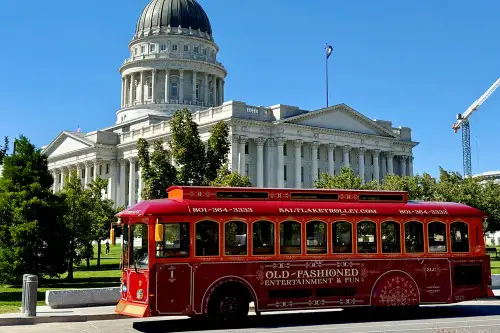
Salt Lake City’s rise from mountain town to major metro has been startling. Its economy diversified beyond religion and skiing, with tech and finance moving in fast. Between 2010 and 2020, the region’s population jumped by more than 20%, and housing demand went into overdrive. What used to be affordable starter homes are now out of reach for many locals.
The city’s growth is reshaping its culture and skyline, but not everyone’s happy about it. Water concerns, air quality, and sprawl are constant worries in a state already feeling environmental strain. Salt Lake’s boom brought opportunity, but it also brought the kind of pressure few expected this fast.
14. Bend, Oregon
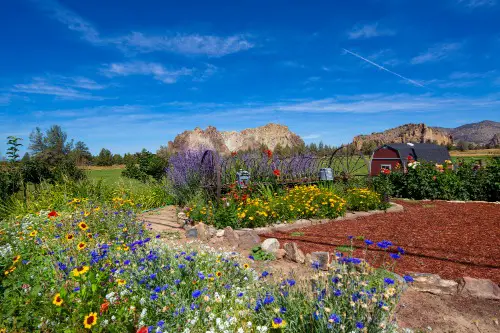
Bend was once a small, quiet town surrounded by forests and rivers—a paradise for outdoor lovers. Then came remote work and the West Coast exodus, and Bend became one of the hottest relocation spots in America. Home prices nearly tripled in a decade, and the local infrastructure couldn’t keep up with the crush of newcomers. Even finding a rental or a parking spot feels like a competitive sport.
Locals have mixed feelings—more restaurants and jobs, sure, but also overcrowded trails and skyrocketing living costs. Bend’s growth has changed its character from rustic to high-end, often leaving its working class behind. It’s the perfect modern example of how a little city can blow up faster than anyone planned.
This post 14 Boomtowns That Got Too Big Too Fast — and Paid the Price was first published on American Charm.


